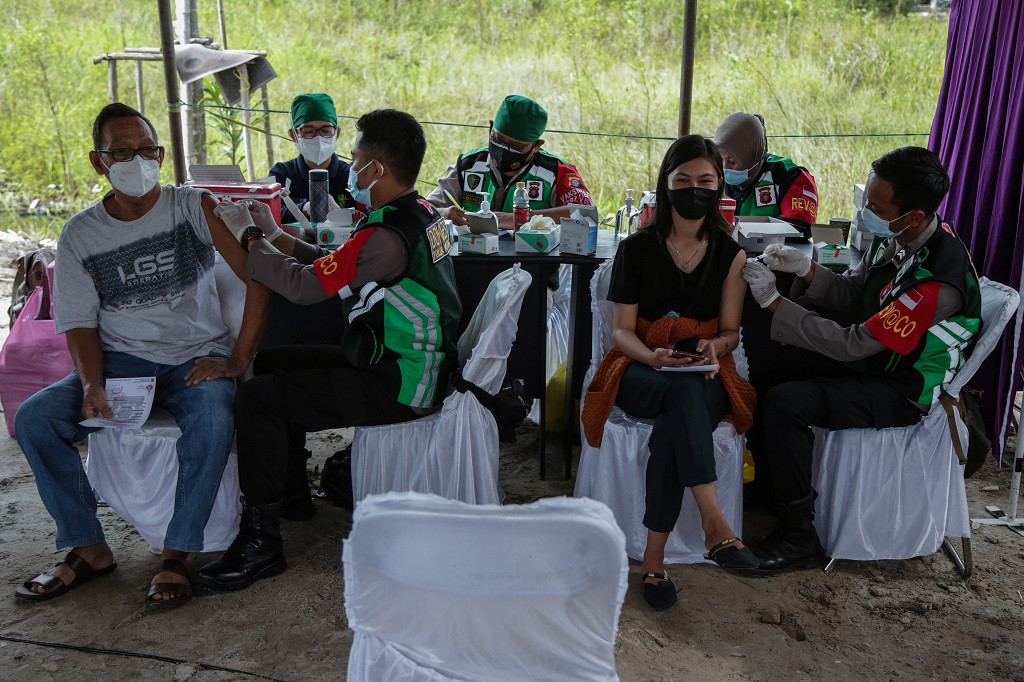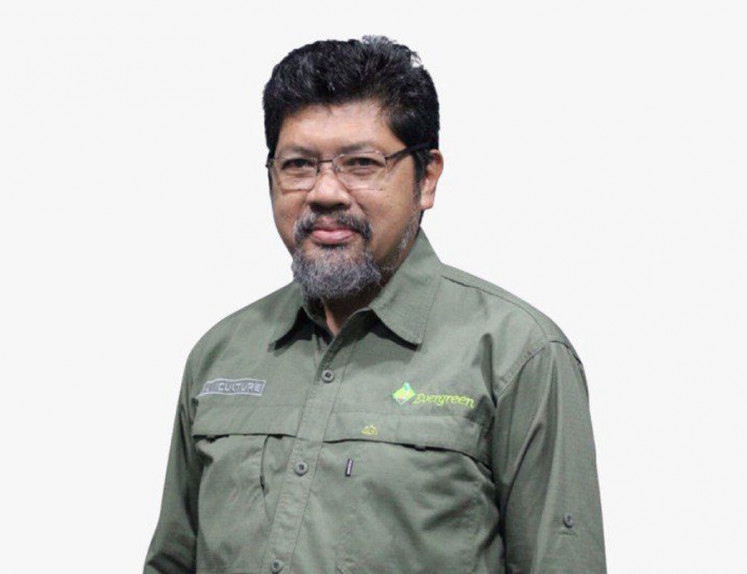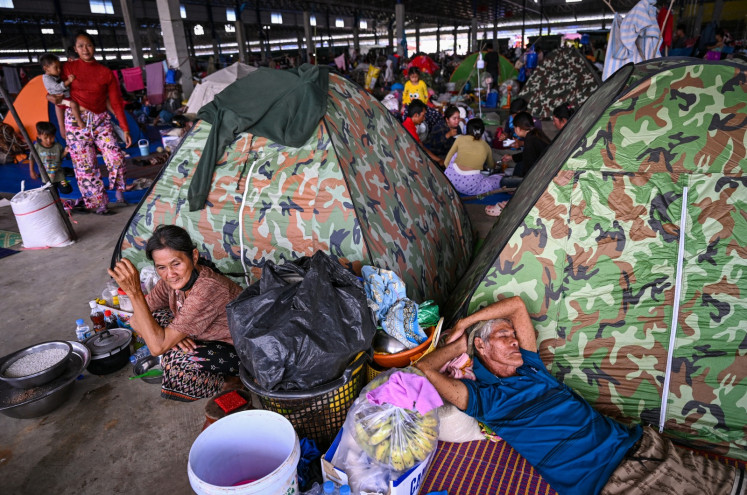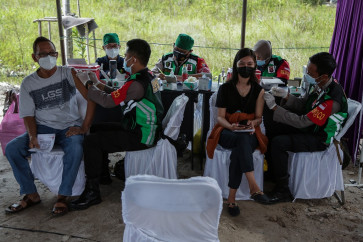Popular Reads
Top Results
Can't find what you're looking for?
View all search resultsPopular Reads
Top Results
Can't find what you're looking for?
View all search resultsBeware, COVID-19 is penetrating Indonesia's hinterlands
The current reports of COVID-19 cases from the nation's remote areas are believed to be the tip of the iceberg because of limited testing and tracing.
Change text size
Gift Premium Articles
to Anyone
W
hile we are currently seeing several signs of progress in reducing the infection rate and fatalities related to COVID-19 in densely populated cities in Java and Bali, we are also witnessing worrying indicators that the pandemic is increasingly penetrating Indonesia's hinterlands.
In the last few weeks, mainstream and social media have disseminated reports about surges in the number of people, including in several indigenous communities, suffering or dying from COVID-19 in remote areas of Sumatra, Kalimantan, Sulawesi, Maluku and Papua.
And as if to add insult to injury, the vaccination rollout in far-flung regions lags far behind Java and Bali, which have apparently been given the priority.
Several health authorities and local government officials in remote regions have expressed worries about the limited capacity of their health system to contain the spread of COVID-19, which could lead to higher infection and fatality rates than in Java and Bali. Community health centers and regional hospitals in outlying areas can hardly conduct testing, tracing and treatment for those with severe symptoms.
They are desperately asking help from the national and provincial governments. The bed occupancy rate in several regional hospitals in remote areas or on small islands is worrying, as is the limited availability of essential resources such as PCR testing, medicines, oxygen, ventilators and human resources, including doctors, nurses and medical staff with sufficient laboratory skills and tracing capabilities. Moreover, the current reports of COVID-19 cases from these remote areas are believed to be the tip of the iceberg because of limited testing and tracing.
Ironically, these gloomy realities in many ways resemble those of 100 years ago, when the Spanish flu penetrated the archipelago's hinterlands. Several publications at the time reported that the Spanish flu had not only hit many of the archipelago’s big cities, such as Batavia, Bandung, Surabaya, Medan and Makassar, but had also claimed many lives in remote areas.
Take Toraja, the hinterland of South Sulawesi, as an example. Several historians recorded that hundreds or even thousands of Toraja people died of Spanish flu, even though Toraja is located quite far to Makassar’s north. Even today, thanks to strong oral history, many Torajans still remember the local name of the catastrophe: ra'ba biang.


















